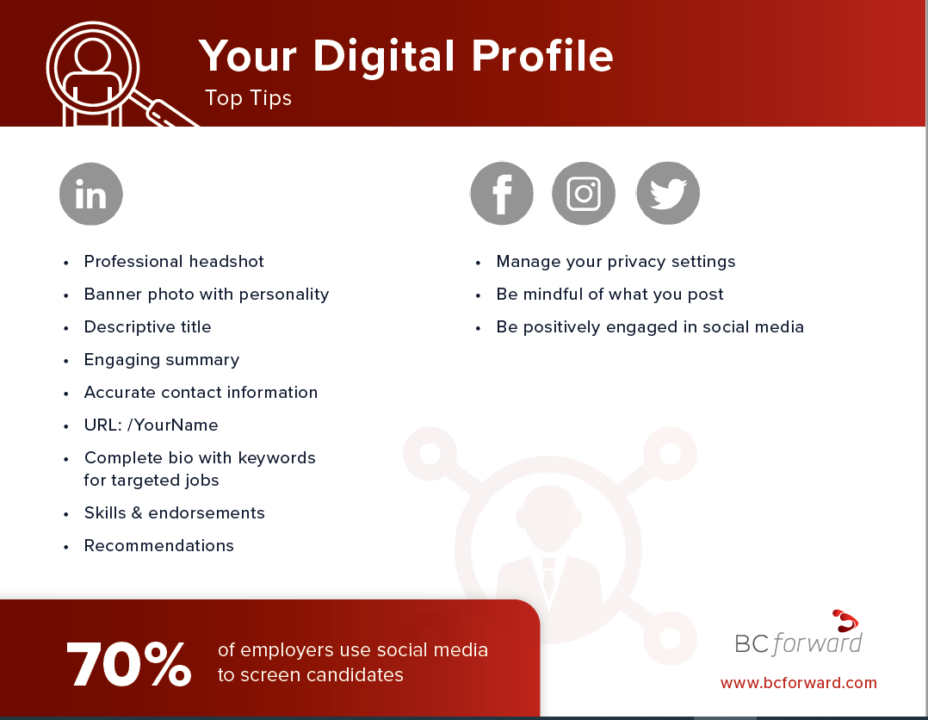
Simply put, the requirements are documented, then the testing team collaborates with the business to validate the requirements for testing everything from what business transactions happen, to what needs to get tested, to what the end result should be. These requirements are imported into a test management tool and the test team builds their test scenarios around these requirements to validate the data and that the systems work the way they should.
“We have confidence the systems will meet the needs of the business because we wrote their requirements down and are testing against the needs that were specified,” Kim said.
“It’s collaboration at its best. Testing is a team effort. It’s not one individual”, Kim said. “Business SMEs have stepped up to the plate and taken ownership for the requirements of the system and test execution. It’s helped the testers immensely to understand their needs.”
Digital Transformation to Help You Achieve Agility
Today’s rapidly changing business environments – driven by innovation, digitization, and sheer increases in processing power – are direct byproducts of the digital transformation of the late-20th century. Now, organizations…
WEBINAR | tapQA Presents: Digital Profile
As we progress through almost an entire year of living in a pandemic the world around us has digitized almost, everything. But have you done this for yourself? In a…
Data-Driven Decision Making (DDDM): How You Are a Data Analyst and Don’t Even Know It
Every day we are faced with a multitude of decisions that are subconsciously being determined by data. Where is the cheapest place near me to buy gas? How busy is…


